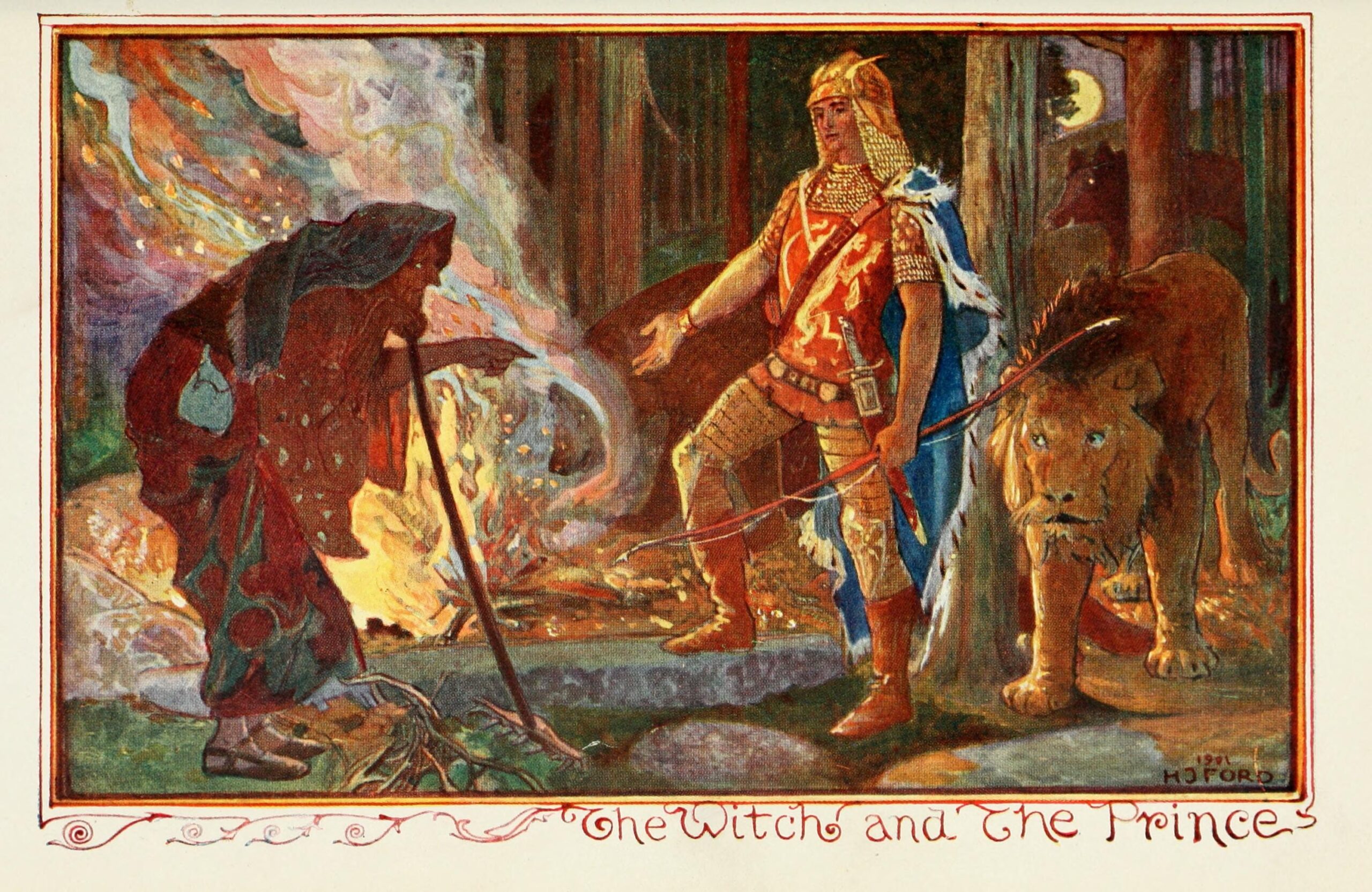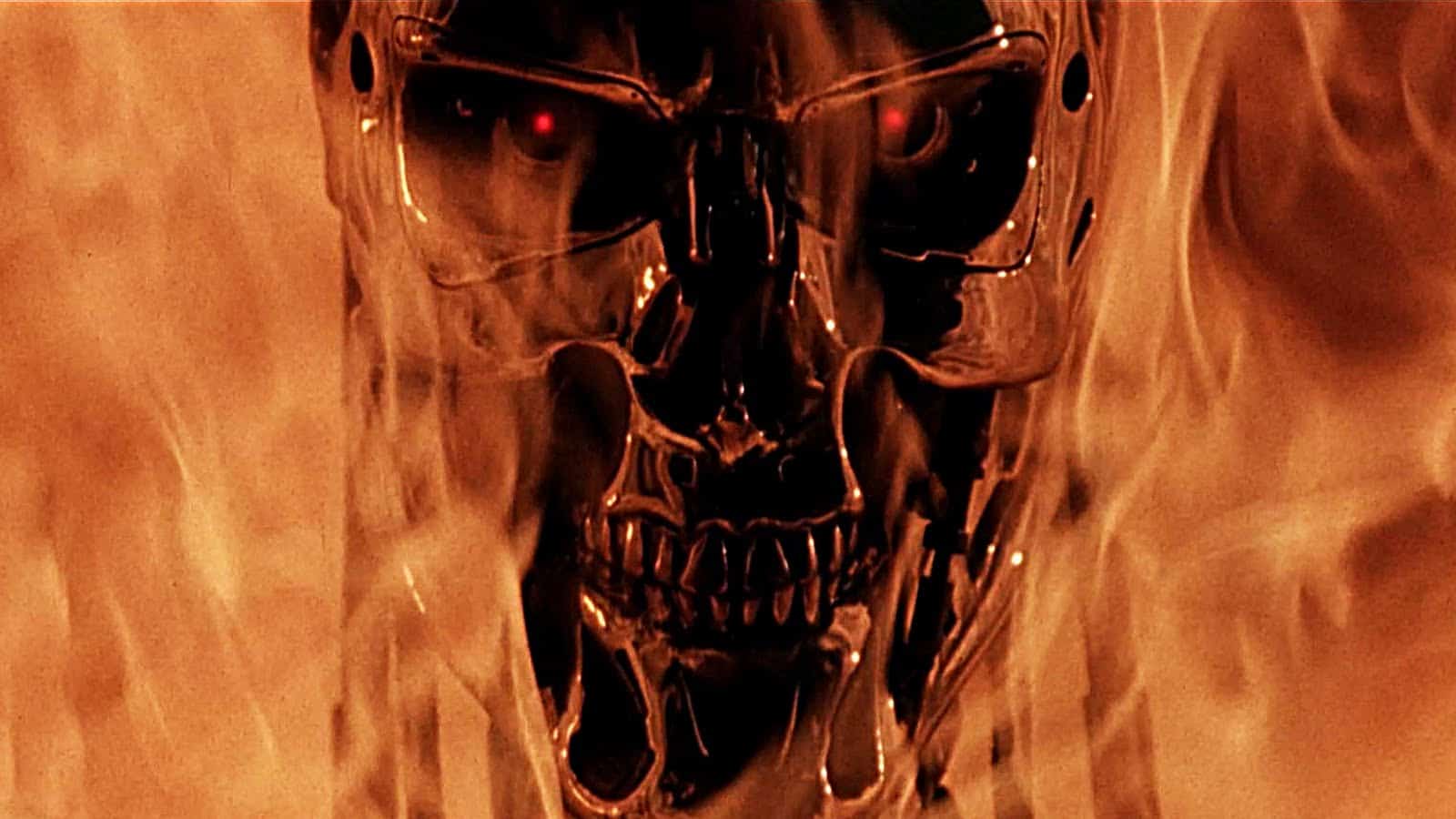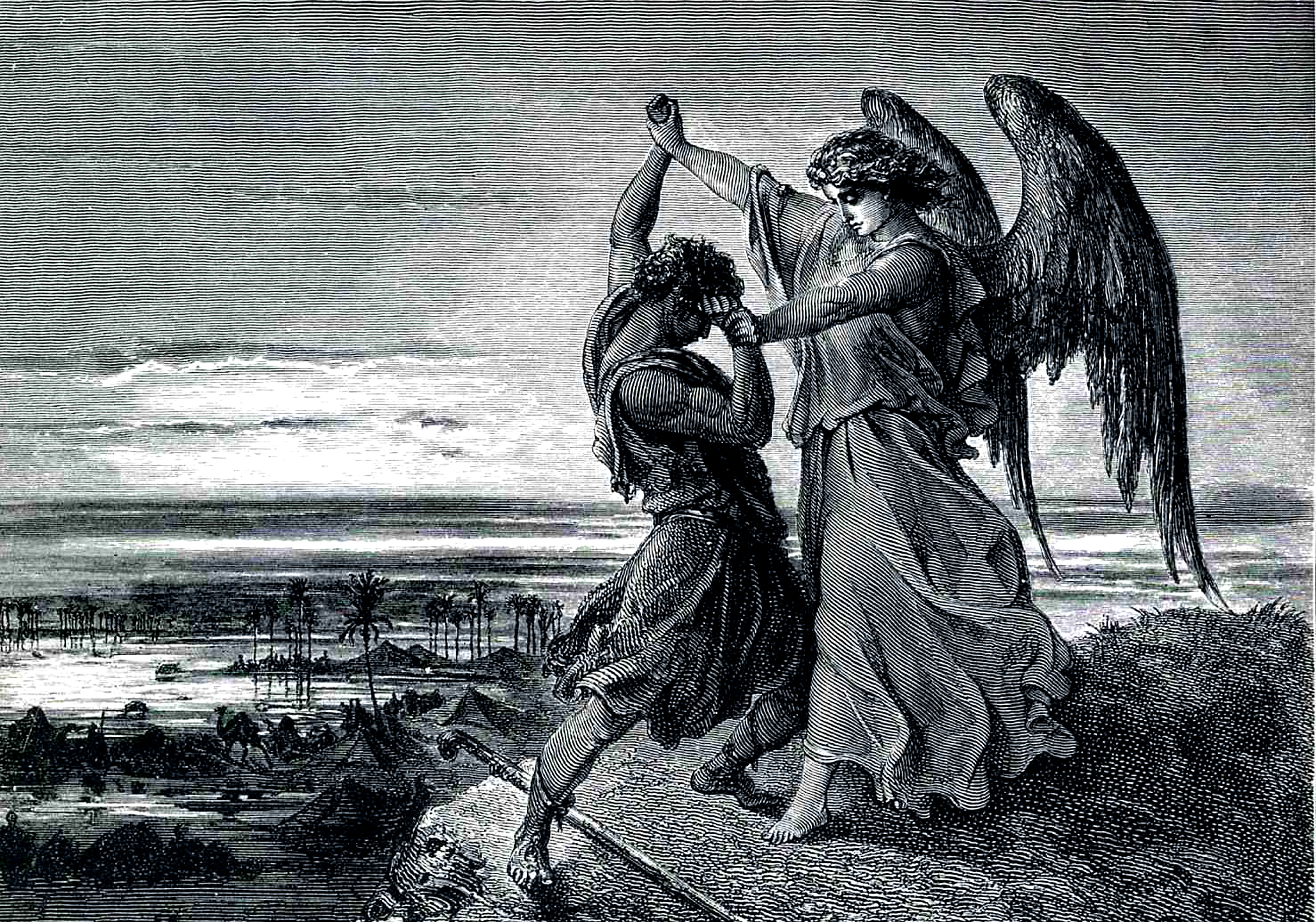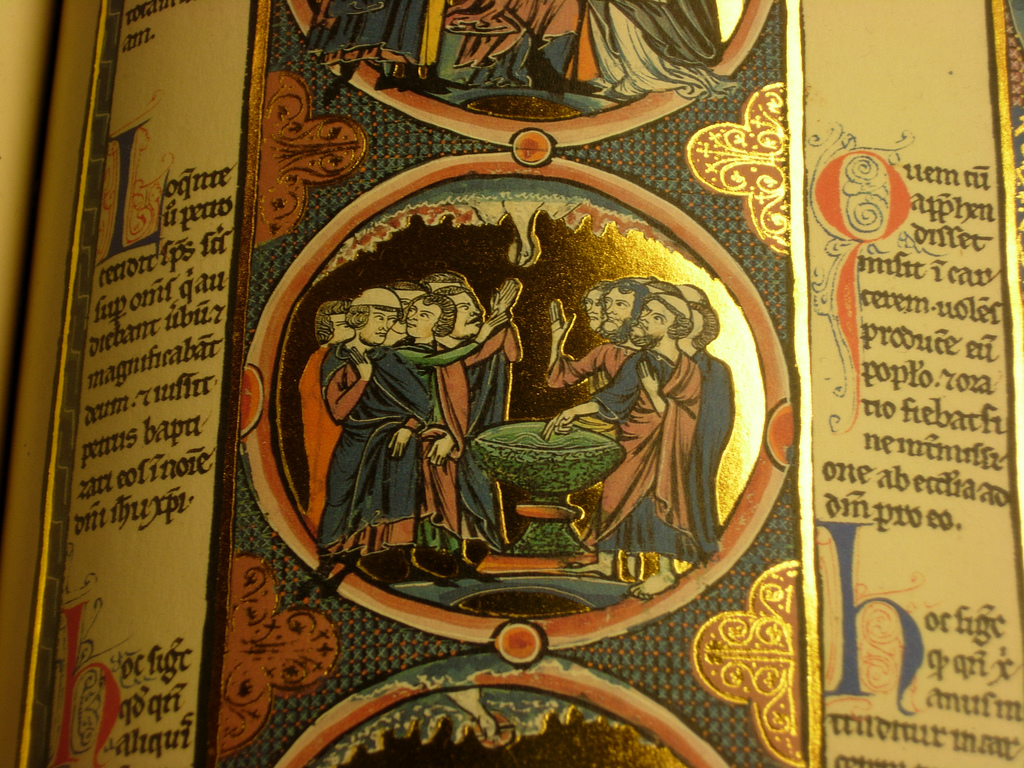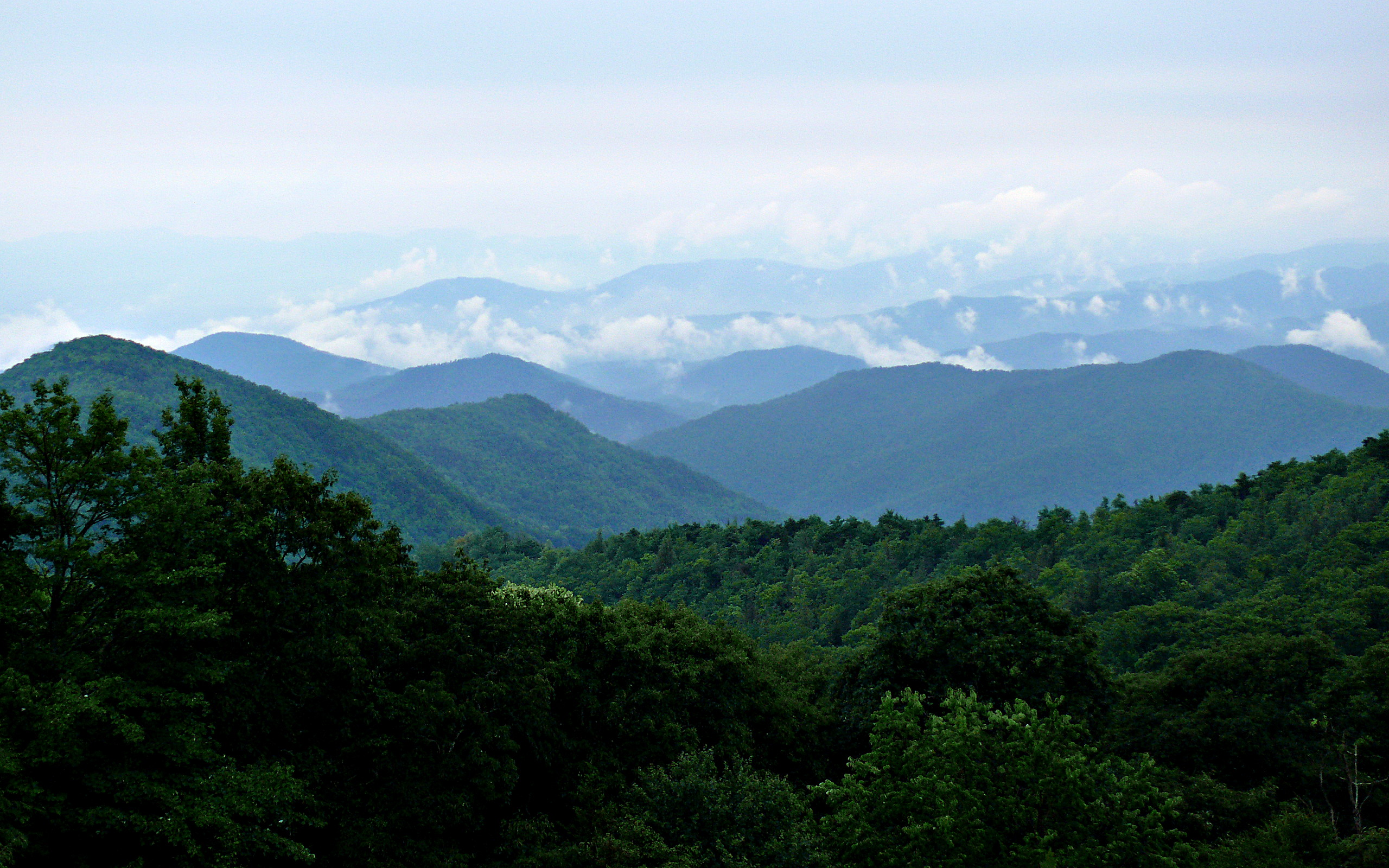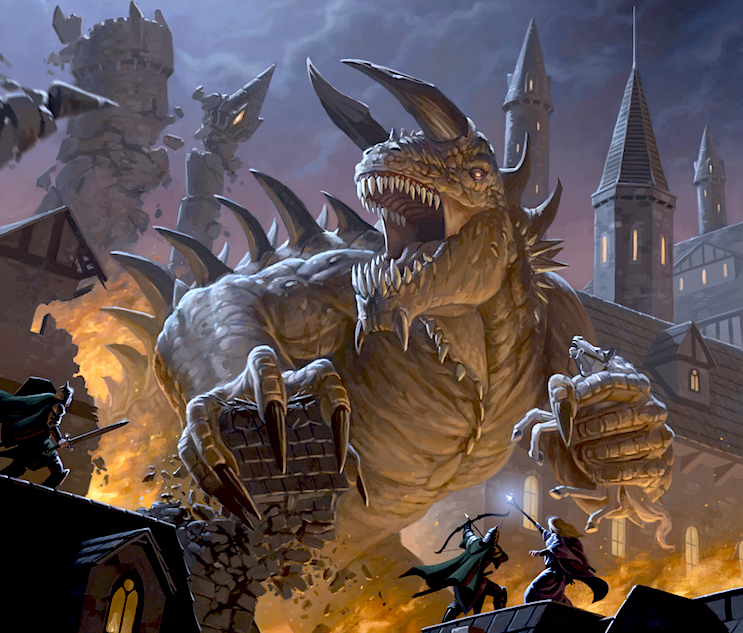There is always a need for more magic weapons in D&D. Simply having a +1 just doesn’t feel that satisfying a lot of the time. I like items that are little more varied than simply doing more damage.
This time I am going for bows. There is something compelling about the archer character and there a lot of ways to build them in 5E. Any of these would be great for a ranger, a fighter, a rogue, even some monks. Hopefully, some of these will prove useful for additions to your games.
